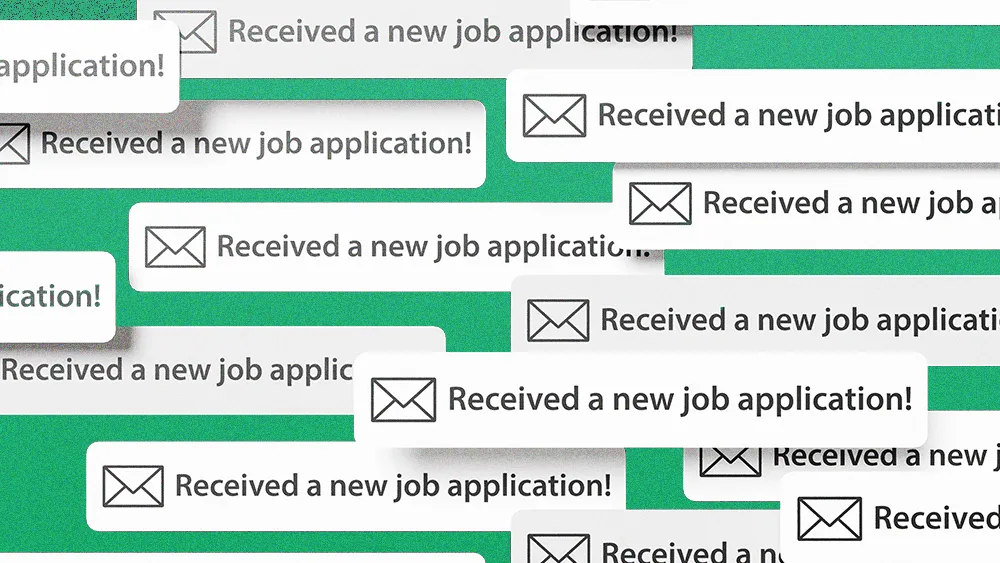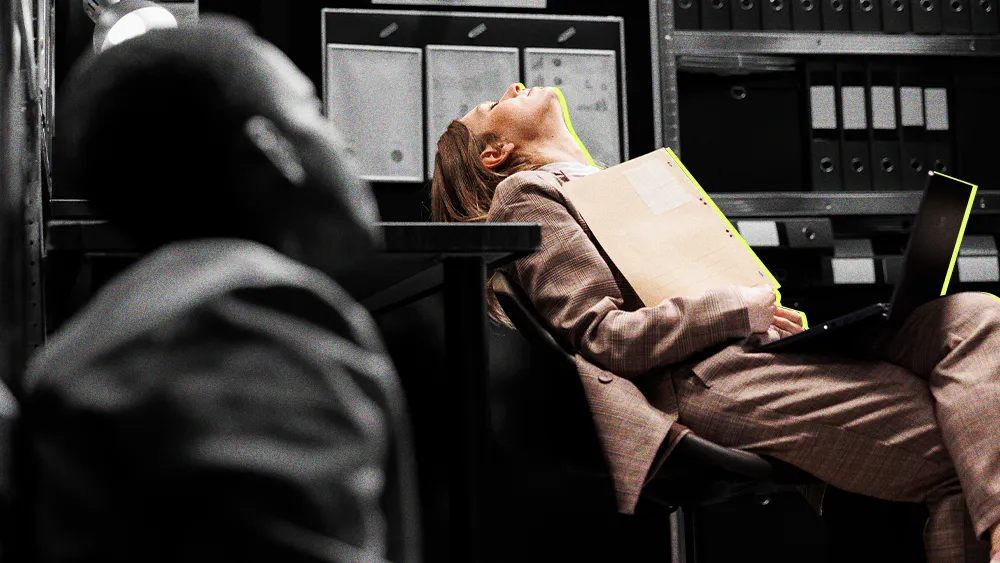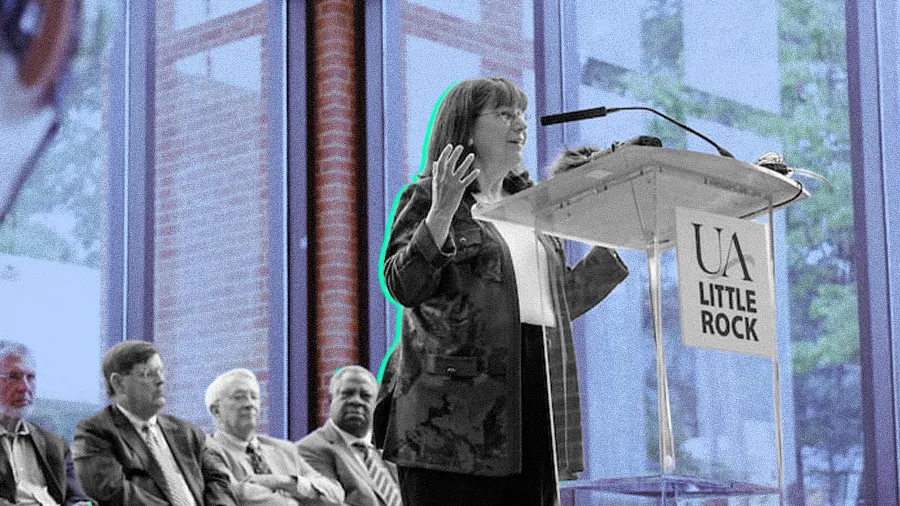Pop culture ‘microcommunities’ at work break down silos, boost connection and morale
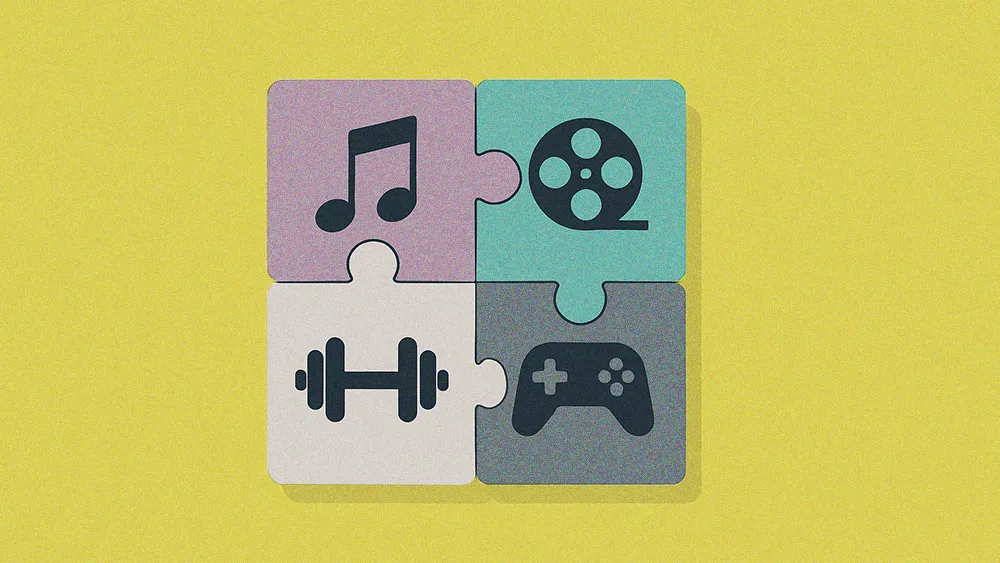
Key Points
Pop culture has become the new water cooler in the modern workplace, sparking connections across departments and generations.
Ericka Houck, a public relations and communications expert, argues that leaders can use these lighthearted conversations to foster psychological safety and community.
Houck offers a framework for engagement, advising leaders to create opt-in micro-communities like podcast or fitness clubs.
To ensure inclusivity, she proposes a structured “culture club” that offers diverse pillars—from volunteerism to education—so every employee can find their niche.
Pop culture creates micro-communities at work and sparks connection across departments. You don't expect your SVP to be a reality TV junkie, or the person at the desk next to you to be a secret Swiftie. But those surprises are what make work culture richer.
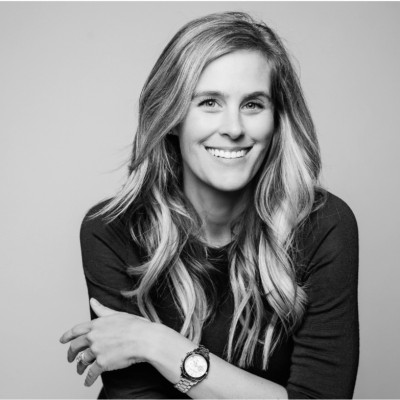
Ericka Houck
Public Relations Expert
The traditional water cooler may be gone, but workplace culture is far from dead. In its place, remote work has sparked the rise of microcommunities: small, self-organized groups built around shared interests in everything from a controversial Netflix finale to a March Madness bracket. These connections cut across departments, generations, and hierarchies, humanizing colleagues and creating safe spaces where employees feel free to bring their whole selves to work.
Swifties are perhaps the largest microcommunity in your organization right now. A new report on Taylor Swift’s impact in the workplace finds 1 in 3 salaried employees identify as Taylor Swift fans and 1 in 10 reports their workplace even has a dedicated Taylor Swift Slack or Teams channel.
We spoke with Ericka Houck, a public relations expert with a diverse career leading communications and directing campaigns at major organizations. With a passion for building narratives that connect people to purpose, she has seen firsthand how cultural moments can break down silos and foster psychological safety. For Houck, leaders who dismiss pop culture as frivolous are missing the point entirely; they are overlooking the modern engine of workplace connection.
Today’s water cooler: “I view pop culture as today’s water cooler,” Houck stated. “Whether it’s the Taylor Swift engagement, the latest HBO series, or a Netflix crime docuseries, employees bring these conversations into the office. It’s how they kick off their mornings: ‘Did you watch the game last night?’ ‘Did you watch last night’s episode?'”
Spot the Swiftie: “Pop culture creates micro-communities at work and sparks connection across departments. You don’t expect your SVP to be a reality TV junkie, or the person at the desk next to you to be a secret Swiftie. But those surprises are what make work culture richer,” she explained. “It also gives employees common ground, and they can bring their whole selves to work without embarrassment. It’s a safe space for connection, especially right now when events can feel divisive.”
Rather than forcing connection through one-size-fits-all activities, Houck noted that the strongest bonds form in spaces people choose for themselves: microcommunities that are easy to join, centered on genuine interest, and flexible enough to fit into busy schedules.
Employees’ best interests at heart: “You can create themed Slack or Teams channels about a certain topic to bring in the people who care about it,” she suggested. “I’ve seen podcast clubs grow really popular, sometimes even bringing in the host or a guest as a speaker.” By meeting employees where their interests already are, these microcommunities feel natural rather than forced.
Breaking down walls: This doesn’t require a top-down mandate. Often, it just requires a single person to take the initiative. “In a previous role, I discovered that three other women—one in HR, one on the marketing team, and someone on my team—were all going to the same fitness studio,” said Houck. “So we created a group chat, and we’d coordinate and meet up for a class. It’s about finding that connection within the office walls that can sometimes branch out into life outside of work.”
But what happens when one trend becomes so dominant it creates an in-group and an out-group, leaving some employees feeling like they have to start watching The Bachelor to get ahead? Houck acknowledged this is a real risk, one that points to a deeper cultural issue. The solution, she proposed, is to move from informal chats to an intentional, structured program that ensures inclusivity.
A structural solution: She framed exclusionary practices as signs of a toxic culture. “That’s why there should be oversight, which is why you bring in a committee. A ‘culture club’ could build out different areas—volunteerism, education, events—so people find their place. Maybe they’re not into Taylor Swift or sports, but they connect through volunteering or a stretch project that excites them outside their day-to-day work.”
If this model is so effective, why don’t more companies adopt it? Houck explained the biggest obstacle is the perceived conflict with productivity. Leaders worry about balancing fun with focus, a valid concern that requires conscious and inclusive planning.
Balancing fun and productivity: “How do you make sure everyone enjoys their time at work, brings their whole selves, and feels included without losing balance with productivity?” Houck asked. “It comes down to being intentional, setting aside time for connection without letting it dilute the workday. You cannot have two hour lunch breaks every day to talk about a show, but you can build in moments that fit naturally and add value without becoming a distraction.”
Ultimately, the value of microcommunities comes through in everyday moments of connection. “You spend forty hours a week with these people, so it is important to engage, support, and celebrate with them,” Houck said. “Walking through the doors does not mean you leave your home life behind. All the emotions, responsibilities, and expectations come with you, whether that is kids, pets, aging parents, or volunteering.”
How do you make sure everyone enjoys their time at work, brings their whole selves, and feels included without losing balance with productivity? It comes down to being intentional, setting aside time for connection without letting it dilute the workday. You cannot have two hour lunch breaks every day to talk about a show, but you can build in moments that fit naturally and add value without becoming a distraction.
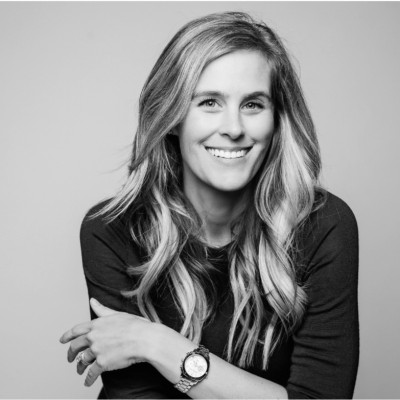
Ericka Houck
Public Relations Expert
How do you make sure everyone enjoys their time at work, brings their whole selves, and feels included without losing balance with productivity? It comes down to being intentional, setting aside time for connection without letting it dilute the workday. You cannot have two hour lunch breaks every day to talk about a show, but you can build in moments that fit naturally and add value without becoming a distraction.

Ericka Houck
Public Relations Expert
Related articles
TL;DR
Pop culture has become the new water cooler in the modern workplace, sparking connections across departments and generations.
Ericka Houck, a public relations and communications expert, argues that leaders can use these lighthearted conversations to foster psychological safety and community.
Houck offers a framework for engagement, advising leaders to create opt-in micro-communities like podcast or fitness clubs.
To ensure inclusivity, she proposes a structured “culture club” that offers diverse pillars—from volunteerism to education—so every employee can find their niche.

Ericka Houck
Public Relations Expert

Public Relations Expert
The traditional water cooler may be gone, but workplace culture is far from dead. In its place, remote work has sparked the rise of microcommunities: small, self-organized groups built around shared interests in everything from a controversial Netflix finale to a March Madness bracket. These connections cut across departments, generations, and hierarchies, humanizing colleagues and creating safe spaces where employees feel free to bring their whole selves to work.
Swifties are perhaps the largest microcommunity in your organization right now. A new report on Taylor Swift’s impact in the workplace finds 1 in 3 salaried employees identify as Taylor Swift fans and 1 in 10 reports their workplace even has a dedicated Taylor Swift Slack or Teams channel.
We spoke with Ericka Houck, a public relations expert with a diverse career leading communications and directing campaigns at major organizations. With a passion for building narratives that connect people to purpose, she has seen firsthand how cultural moments can break down silos and foster psychological safety. For Houck, leaders who dismiss pop culture as frivolous are missing the point entirely; they are overlooking the modern engine of workplace connection.
Today’s water cooler: “I view pop culture as today’s water cooler,” Houck stated. “Whether it’s the Taylor Swift engagement, the latest HBO series, or a Netflix crime docuseries, employees bring these conversations into the office. It’s how they kick off their mornings: ‘Did you watch the game last night?’ ‘Did you watch last night’s episode?'”
Spot the Swiftie: “Pop culture creates micro-communities at work and sparks connection across departments. You don’t expect your SVP to be a reality TV junkie, or the person at the desk next to you to be a secret Swiftie. But those surprises are what make work culture richer,” she explained. “It also gives employees common ground, and they can bring their whole selves to work without embarrassment. It’s a safe space for connection, especially right now when events can feel divisive.”
Rather than forcing connection through one-size-fits-all activities, Houck noted that the strongest bonds form in spaces people choose for themselves: microcommunities that are easy to join, centered on genuine interest, and flexible enough to fit into busy schedules.
Employees’ best interests at heart: “You can create themed Slack or Teams channels about a certain topic to bring in the people who care about it,” she suggested. “I’ve seen podcast clubs grow really popular, sometimes even bringing in the host or a guest as a speaker.” By meeting employees where their interests already are, these microcommunities feel natural rather than forced.
Breaking down walls: This doesn’t require a top-down mandate. Often, it just requires a single person to take the initiative. “In a previous role, I discovered that three other women—one in HR, one on the marketing team, and someone on my team—were all going to the same fitness studio,” said Houck. “So we created a group chat, and we’d coordinate and meet up for a class. It’s about finding that connection within the office walls that can sometimes branch out into life outside of work.”

Ericka Houck
Public Relations Expert

Public Relations Expert
But what happens when one trend becomes so dominant it creates an in-group and an out-group, leaving some employees feeling like they have to start watching The Bachelor to get ahead? Houck acknowledged this is a real risk, one that points to a deeper cultural issue. The solution, she proposed, is to move from informal chats to an intentional, structured program that ensures inclusivity.
A structural solution: She framed exclusionary practices as signs of a toxic culture. “That’s why there should be oversight, which is why you bring in a committee. A ‘culture club’ could build out different areas—volunteerism, education, events—so people find their place. Maybe they’re not into Taylor Swift or sports, but they connect through volunteering or a stretch project that excites them outside their day-to-day work.”
If this model is so effective, why don’t more companies adopt it? Houck explained the biggest obstacle is the perceived conflict with productivity. Leaders worry about balancing fun with focus, a valid concern that requires conscious and inclusive planning.
Balancing fun and productivity: “How do you make sure everyone enjoys their time at work, brings their whole selves, and feels included without losing balance with productivity?” Houck asked. “It comes down to being intentional, setting aside time for connection without letting it dilute the workday. You cannot have two hour lunch breaks every day to talk about a show, but you can build in moments that fit naturally and add value without becoming a distraction.”
Ultimately, the value of microcommunities comes through in everyday moments of connection. “You spend forty hours a week with these people, so it is important to engage, support, and celebrate with them,” Houck said. “Walking through the doors does not mean you leave your home life behind. All the emotions, responsibilities, and expectations come with you, whether that is kids, pets, aging parents, or volunteering.”

